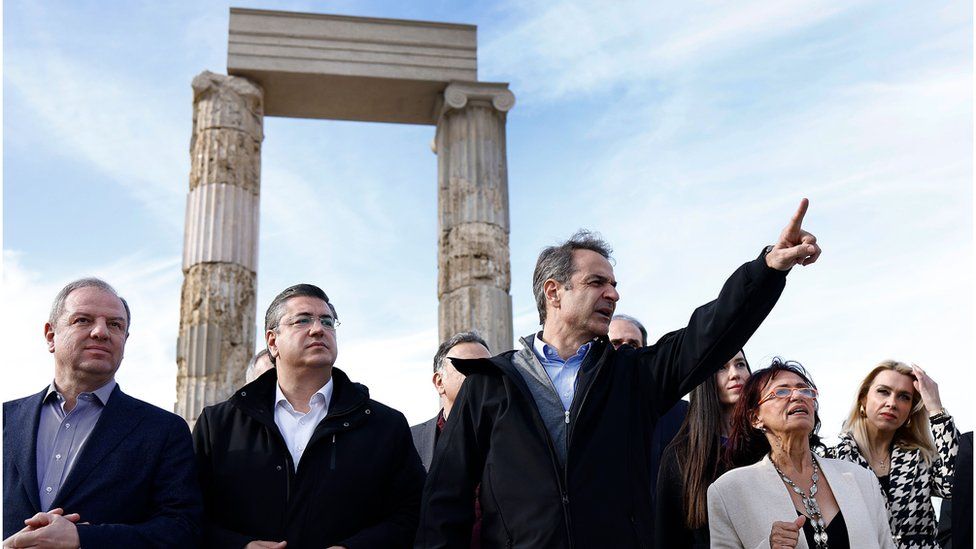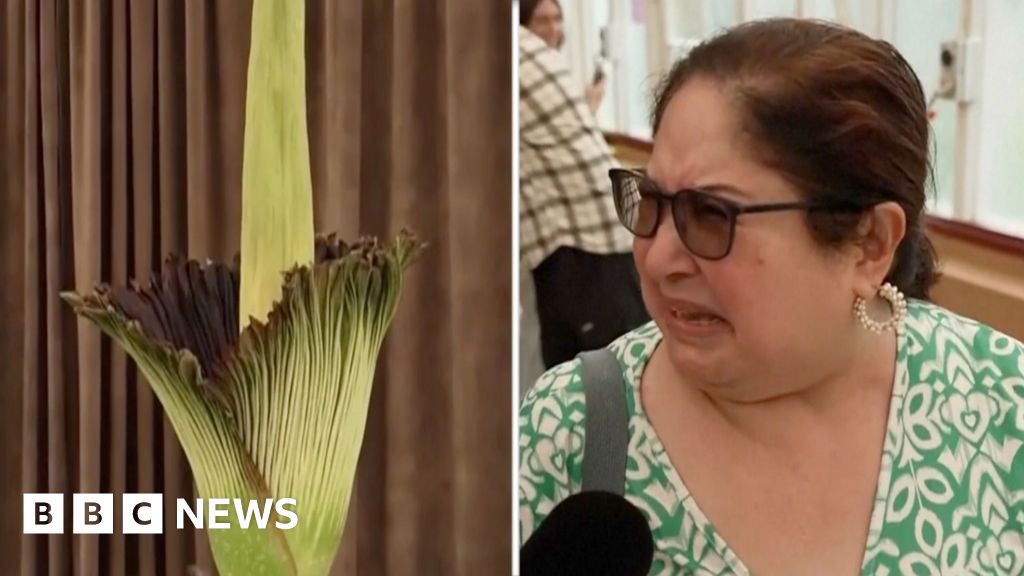ARTICLE AD BOX
 Image source, ACHILLEAS CHIRAS/EPA-EFE/REX/Shutterstock
Image source, ACHILLEAS CHIRAS/EPA-EFE/REX/Shutterstock
Greek Prime Minister Kyriakos Mitsotakis visited the site of the Palace of Aigai on Friday
By Kathryn Armstrong
BBC News
The site of one of the most important monuments in classical antiquity - the palace where Alexander the Great was crowned king - has reopened after a 16-year restoration.
The Palace of Aigai, near Greece's northern port city of Thessaloniki, was built more than 2,300 years ago.
It was later destroyed by the Romans and unearthed through excavations beginning in the 19th Century.
Its renovation cost more than €20m (£17m; $22m), with help from the EU.
Greek Prime Minister Kyriakos Mitsotakis, who attended a ceremony for the site's reopening on Friday, described it as a "monument of global importance".
"The significance of such monuments becomes the heritage of the entire world," he said.
"We must highlight it, promote it, and expand the horizons revealed by each new facet."
Among the restored sections are some of the palace's massive colonnades.
The site will reopen to the public on Sunday.
Image source, ACHILLEAS CHIRAS/EPA-EFE/REX/Shutterstock
Image caption,The palace was destroyed by the Romans in 148BC and excavation work began in the 19th Century
The palace was built by Philip II, Alexander the Great's father, who ruled over the powerful kingdom of Macedonia.
Aigai, near what today is the town of Vergina, was its capital.
The palace was the largest building in classical Greece - covering an area of 15,000sq m (160,000sq ft) - and featured large banquet halls, places of worship and courtyards.
Alexander, who was crowned King of the Macedonians there in 336BC following his father's assassination, would later go on to create an empire stretching into Asia and the Middle East.
The palace, and the nearby tombs of Philip and other Macedonian kings, are a Unesco World Heritage Site.
Image source, ACHILLEAS CHIRAS/EPA-EFE/REX/Shutterstock
Image caption,Some of the intricate mosaics that were on the palace's floors have survived

 1 year ago
72
1 year ago
72








 English (US) ·
English (US) ·